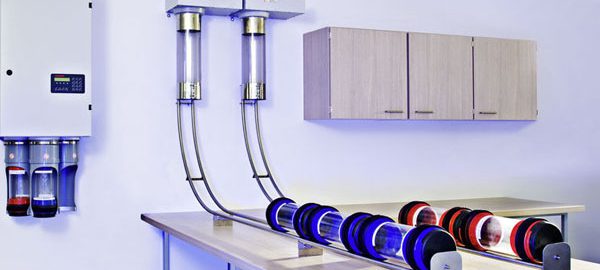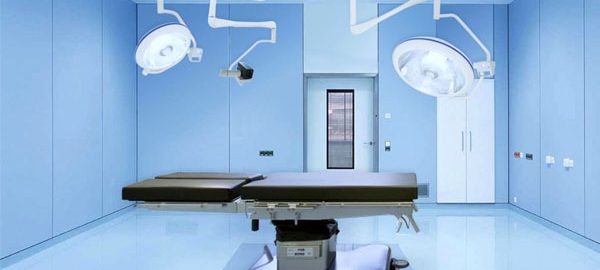Very innovative surgical procedures are performed in the operating rooms that we observe today.
After a hospital decides to choose the installation and equipment of a modular operating room, the type of technology that will be used in the area and the approach that will be adopted must be determined, this followed by an important planning process.
It is important that before choosing the installation of this type of operating room, all the parties involved are interviewed, which includes medical and nursing personnel, to determine basic aspects related to the location, size, type of procedure that will be carried out in it and the amount of equipment that will be necessary for it to function properly.
The modular operating room is a dynamic work environment in which effective team collaboration is critical to obtain the better results after surgery.
Reasons to choose a modular operating room
There are many reasons why, at present, hospitals decide to build and equip a modular operating room, this mainly due to the great benefits that this type of surgery room can produce in the patient and in the personnel in charge of your attention.
Minimal site disruption
A surgery room is also influenced by the commotion of elements that are fundamental for any hospital, patients, hospital staff, equipment, cleaning staff, etc.
In traditional construction methods, there is more disruption and noise compared to modular operating room construction, since the work on site is minimal; the rest of the work is done off-site in a sterile and safe place.
Access to the site is very easy, fast, and efficient and there is no interruption when cleaning the area as maintenance only takes a few minutes.
Better safety for the patient and staff
Surgical site infection is the second most common problem associated with medical care that can lead to serious illness.
Traditional construction methods can raise the mortality rate considerably if infection occurs in the operating room.
In modular construction, the chances of site infection are very low, since fewer elements are involved and they are manufactured in a sterile environment; consequently, safety and health are greatly improved.
All the services that are included in the operating room can be inspected by qualified personnel at any time, and the services that are in them can be mobilized very easily.
Minimal disruption to the site
The modular operating room is influenced by a set of elements that are essential for any hospital, patients, hospital staff, equipment, cleaning staff, etc.
In traditional construction methods, there is more disruption and noise compared to modular operating room construction, since the work on site is minimal; the rest of the work is done off-site in a safer location.
Uncompromising quality
In traditional construction methods, the design and construction models depend above all on the work that is carried out by the labor that has been hired, while in modular construction there is no compromise related to the quality of the work.
In modular operating theaters, floors that crack are not hired, there are no cavities where dirt and dust can accumulate, sharp edges or others are avoided, since well-trained personnel are hired to carry out the work.
Fully customizable
The methods used in modular construction have the advantage of being able to be personalized from the beginning of the work, even during it, some spaces can be modified when they are not the most suitable.
There are no restrictions on layout, internal appearance, or external treatments at any point when it comes to modular construction, making it one of the best methods for building modern operating rooms.
Quick and easy upgrade
As the modular construction is highly customizable it has the ability to reduce the total construction time.
Upgrading the operating room can be done very easily with minimal disruption to the hospital staff and environment.
Sustainability
The modular construction is more efficient in energy use is more environmentally friendly and provides a system without oxide, pollution – free and also a long life.
Lower costs of civil engineering works
The modular system used for the construction of modular operating rooms is totally independent of the existing structural walls and pillars and therefore has the ability to achieve maximum benefits in open space environments.
Engineering costs are significantly reduced, construction times are reduced, and there is total flexibility in space design.


